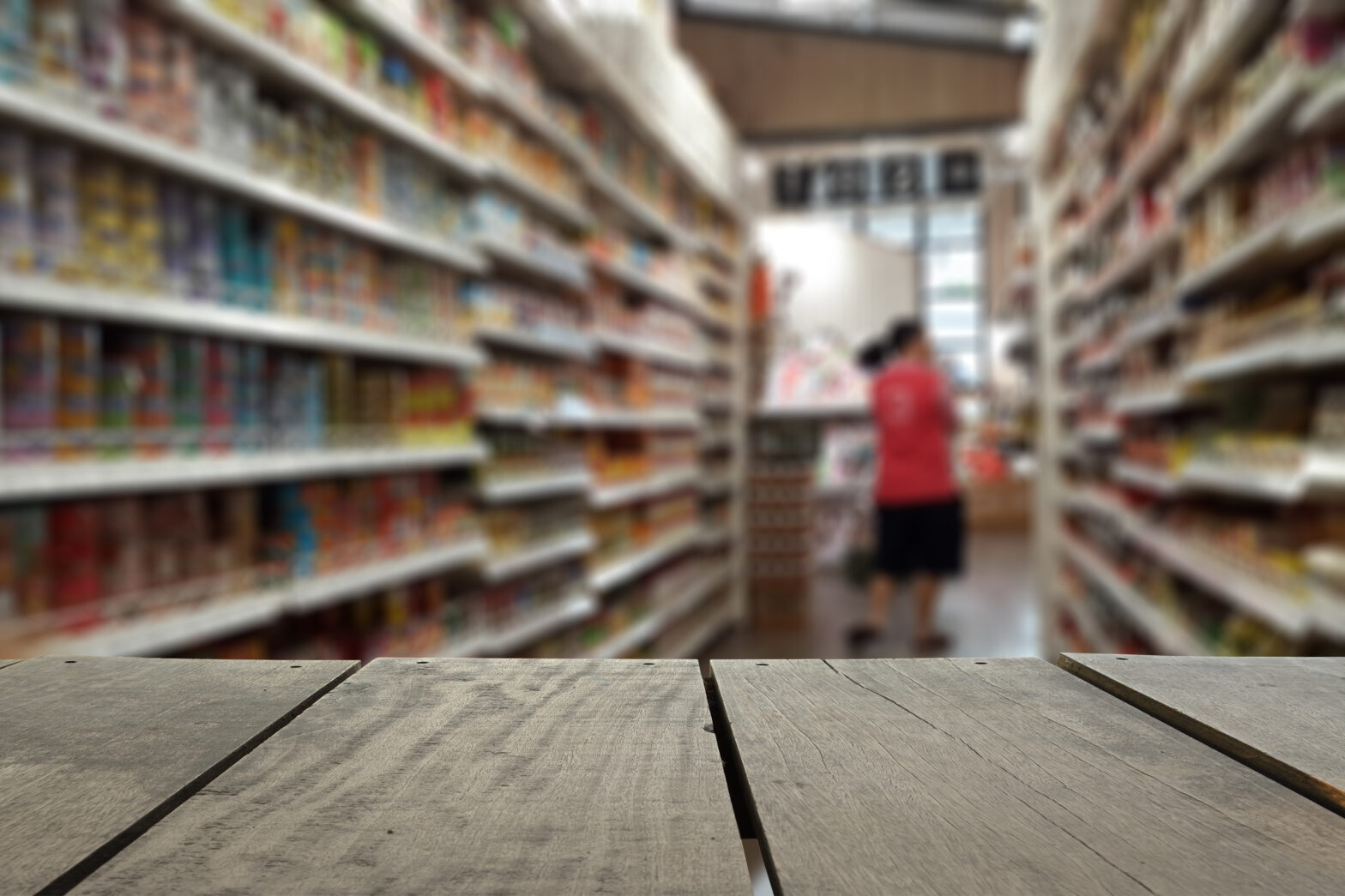Shopping habits in the UK are definitely changing, and this has profound implications for the high street and B&M retailers. How small businesses respond to shifting trends in retail will determine the evolution of the sector moving forward.
According to the latest Shopping Index from Salesforce, today’s UK consumers are largely using their mobile devices for shopping, with mobile traffic now accounting for 64 per cent of all online shopping traffic, compared to 43 per cent last year in the UK. With Close Brothers Retail Finance research showing that over a third (35 per cent) of retail SMEs don’t have a website, it’s no surprise that less than half of retail SMEs (48 per cent) are expecting to grow in the next year, and it is the difficulty in adapting to new technologies that is damaging their growth potential.
Not so long ago, shoppers might have browsed on their phones, then used another channel to actually make a purchase. These days the evidence suggests that UK consumers are browsing and purchasing from their mobile devices; the UK is expected to spend £27.02 billion on purchases on mobile devices this year, an increase of 26 per cent from £21.51 billion in 2016, according to the Centre for Retail Research.
This is partly down to the growing popularity of social networks, says Gavin Mee, head of UK for Salesforce. ‘Social media is now responsible for 5 per cent of mobile shopping, over double what was seen last year,’ he says.
Mee adds that, for retailers, this rise in mobile shopping highlights the importance of offering a seamless customer experience across all channels. ‘Buying via a mobile, from a website or in person in a store should all be an easy, pleasurable experience for the customer.’
Alex Marsh, managing director at Close Brothers Retail Finance also comments, ‘It is vital that SMEs innovate by capitalising on the benefits of available technology in order to achieve their desired growth.
‘Having the right services available, delivered through a seamless multi-channel experience is essential for retailers to react to changing customer demand.’
The demise of B&M retailers? Not quite
However, factors such as consumers’ increasing use of phones for shopping does not necessarily mean the death knell of the high street. For example, the latest white paper from Close Brothers highlights the importance of visiting a specialist retailer which meets a customer’s specific needs and notes that speed is key for consumers – with more than 60 per cent of consumers say they buy in-store to acquire an item immediately.
Furthermore, office of national statistics data finds that some 85.5 per cent of total retail sales were made offline last year with 14.5 per cent made online, meaning big opportunities remain for brick-and-mortar retailers, including small businesses. John Mercer, lead UK analyst at think tank Fung Global Retail & Technology says, ‘These top-line figures conceal that brick-and-mortar opportunities are bigger in some sectors than others. Last year, e-commerce captured 5 per cent of sales in the food stores sector, 13.5 per cent of sales at clothing and footwear specialist stores and 10 per cent of sales at household goods specialists.
‘Meanwhile, total retail enjoyed a year of bumper growth in 2016, although growth has slowed into 2017. British shoppers are continuing to spend.’
As more shopping goes online, three core functions will drive footfall at brick-and-mortar stores, Mercer says. Firstly, convenience – shoppers making necessary, distress purchases or purchases needed quickly. Secondly, collection – shoppers picking up online purchases. Finally, destination – this is when shoppers are making special trips to stores offering quality shopping experiences.
Specialist retailers can show their expertise
Close Brothers agrees that convenience is key but the expertise of specialist retailers is an important differentiator whilst shopping experiences can differ greatly across sectors and by season. Marsh comments, ‘We saw a particular uplift in spend in the outdoor activity sectors including motor accessories, camping equipment, garden furniture and golfing goods. Consumers went to our specialist retailers for the expert advice they deliver as well as convenience.’
Marsh adds that local high streets look well positioned to cater to demand for convenience and collection: in other words, as more planned shopping moves online, the high street could benefit from the demand for convenience close to home.
‘Consumer convenience today is also represented by flexible payment options; paying in monthly increments, sometimes at 0 per cent finance, allows people to manage their money. Giving customers the option to purchase products in the most convenient way for them is essential but the benefit for small businesses is that one in seven cited an increase in sales when finance options are implemented and 13 per cent said that it creates a demand for more expensive goods so it’s a win-win.
‘Customers can spread the cost of their purchases whilst our retailers experience higher ATVs, loyalty and sales.’
Close Brothers Retail Finance offers such a service with award-winning point of sale finance solutions for national and independent retailers. For more information, please visit the Close Brothers Retail Finance website here.





